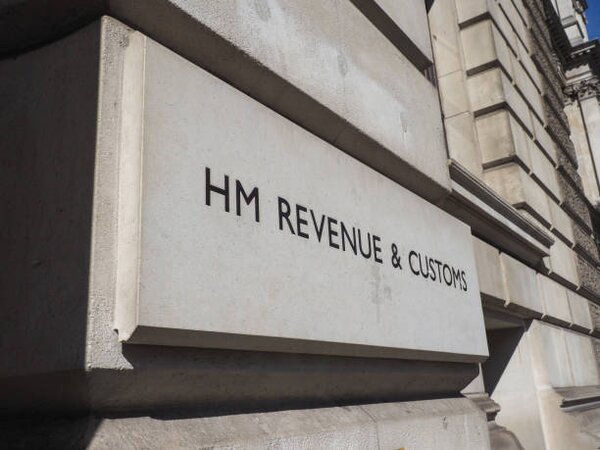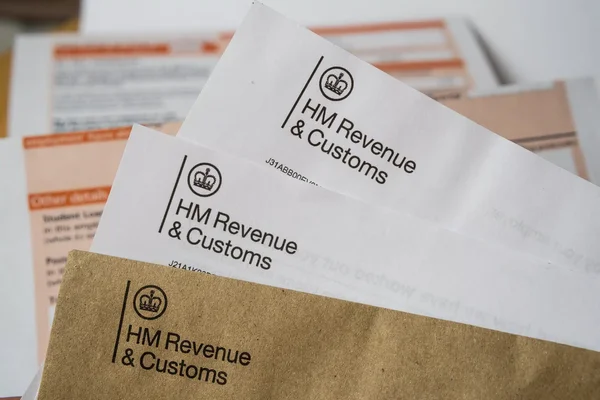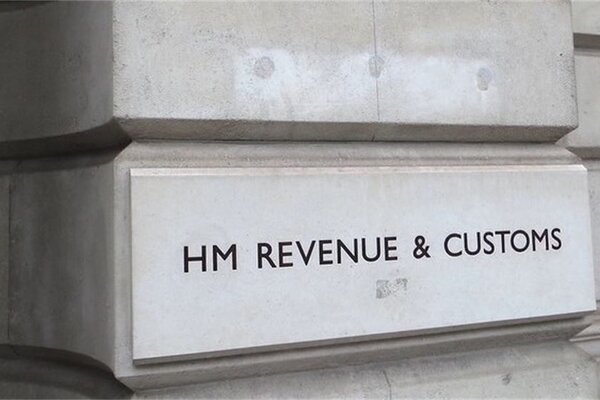Capital Gains Tax Overhaul Fails to Boost UK Revenue
In a bid to plug a multibillion-pound fiscal gap, the UK government introduced significant changes to Capital Gains Tax (CGT), slashing allowances and hiking rates. The reforms were meant to raise revenue, but have instead delivered the opposite result.
Latest HMRC figures reveal that CGT receipts fell from £14.6 billion in 2022–23 to £12.1 billion in 2023–24, despite an increase in the number of taxpayers from 376,000 to 378,000. These disappointing figures have prompted scrutiny from tax professionals, economists, and policymakers alike.
Tax advisors report widespread behavioural shifts, from asset holders deferring disposals to an uptick in strategic tax planning, as individuals seek to minimise exposure. The reforms, once expected to generate billions in extra income, now highlight a well-known economic paradox: increasing tax rates don’t always mean increasing tax revenue.
As Chancellor Rachel Reeves searches for viable ways to close a growing fiscal deficit without breaking political promises, the CGT shortfall serves as a cautionary tale about the limits of targeting wealth through tax design alone.
What Changed: Allowance Cuts and Rate Hikes
The overhaul began with a dramatic reduction to the Annual Exempt Amount, the portion of gains that can be realised tax-free. From April 2023, this was cut from £12,300 to £6,000, and further reduced to £3,000 in April 2024.
In October 2024, CGT rates were also increased:
- Basic-rate taxpayers: 10% ➜ 18%
- Higher-rate taxpayers: 20% ➜ 24%
- Trusts and personal representatives: taxed at 24%
Additionally, carried interest will be taxed at 32% from April 2025, and relief rates (Business Asset Disposal and Investors’ Relief) will increase to 14% in 2025 and 18% in 2026, respectively
The Numbers Don’t Add Up
Despite a wider tax net and higher rates, receipts have fallen sharply, a £2.5 billion drop in just one tax year. The Office for Budget Responsibility (OBR) confirmed that CGT revenues will remain lower than expected in the short term.
- 2022–23 CGT receipts: £14.6bn
- 2023–24 CGT receipts: £12.1bn
- OBR forecast for 2024–25: £13.3bn
- Projected by 2025–26: £19.7bn
- Long-term forecast by 2029–30: £25.5bn
These forecasts rely heavily on taxpayer behaviour normalising and investment activity picking up again. If cautious sentiment persists, even these optimistic estimates may prove too generous.

Why the Reforms Backfired: Behavioural Shifts
Capital Gains Tax is unusual in that it’s only triggered when assets are sold, giving individuals flexibility in when and how they realise gains.
Lizzie Murray, partner at Saffery, explains: “The figures present a slight paradox: while increasing numbers have been forced to pay tax, the actual amount paid to the government has dropped significantly.”
Joseph Adunse, partner at Moore Kingston Smith, echoed this: “If the tax is higher than people are willing to pay, they just don’t sell the asset.”
This deferment behaviour undermines the purpose of the policy: rather than increase inflows, it delays them, or causes them to disappear altogether if individuals use reliefs, offsets, or migrate wealth elsewhere.
The Rich Are Still Holding Back
While not stated in The Times, HMRC’s broader CGT statistics show that just 2,000 individuals account for around 37% of all taxable gains. These high earners have access to sophisticated advice and greater flexibility in timing disposals, making them especially reactive to CGT changes.
Chris Etherington, from RSM, points out: “A large proportion of CGT revenues derive from a small number of taxpayers… you only have to change a few people’s behaviour to lower receipts.”
This concentration makes CGT revenue volatile and unreliable as a fiscal tool, particularly in a time of economic uncertainty.
What This Means for the Chancellor
Rachel Reeves has inherited a challenging fiscal position, with a projected shortfall of £20–30 billion. Having pledged not to raise income tax, VAT, or National Insurance, she has few tools at her disposal.
CGT was seen as a progressive option, a way to tax wealth without hitting income. But its underperformance means the government may need to explore alternative routes, including:
- Reforming inheritance tax
- Expanding dividend or investment income taxes
- Introducing a UK-specific wealth tax
None of these options will be politically easy, but the CGT lesson is clear: tax design must account for human behaviour.

Is a Turnaround Coming?
According to the OBR’s March 2025 forecast, CGT receipts are expected to rebound, rising to:
- £19.7 billion in 2025–26 (as deferred sales go through)
- £25.5 billion by 2029–30
However, these forecasts assume equity markets remain strong, and that investor confidence returns. Given global instability and inflationary pressures, that’s far from guaranteed.
Conclusion
The UK’s attempt to boost CGT receipts by cutting allowances and raising rates has fallen flat. Instead of more revenue, it’s delivered less, exposing how reactive investors and asset holders are to tax shifts.
With billions still needed to fill fiscal gaps, policymakers must rethink how they design wealth taxes. Future reforms must consider not just how much can be taxed, but how people will behave in response.











